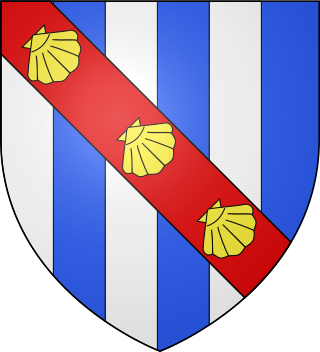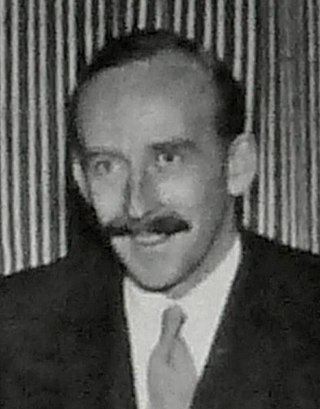Henry Paston-Bedingfeld , 10th baronet, (born 1943), retired King-at-Arms of the College of Arms in London and former member of the Royal Household.
Henry Paston-Bedingfeld may also refer to:

Earl of Lucan is a title which has been created twice in the Peerage of Ireland for related families.

Baron Grandison was by modern doctrine a title in the Peerage of England created for two brothers, Sir Otho Grandison and Sir William Grandison, who were summoned to Parliament in 1299. Any hereditary barony for Sir Otho lapsed on his death in 1328, as did that for Sir William on the death of his grandson Thomas Grandison in 1375.
Sir Henry Edgar Paston-Bedingfeld, 10th Baronet is a British baronet and retired officer of arms.
The high sheriff is the oldest secular office under the Crown and is appointed annually by the Crown. The High Sheriff of Norfolk was originally the principal law enforcement officer in Norfolk and presided at the assizes and other important county meetings. Most of the responsibilities associated with the post have been transferred elsewhere or are now defunct, so that its functions are now largely ceremonial. There was a single high sheriff serving the two counties of Norfolk and Suffolk until 1576.

The Bedingfeld, later Paston-Bedingfeld Baronetcy, of Oxburgh in the County of Norfolk, is a title in the Baronetage of England. It was created by Charles II of England in recompense for the family's losses in the Royalist cause during the Civil War and Interregnum years. The Bedingfelds are said to descend from 'Ogerlis', a Norman, who, in 1100, held land at Bedingfield, Suffolk. His descendant, Edmund Bedingfeld, married Margaret, daughter and heiress of Sir Robert Tuddenham, bringing to her husband estates including the manor of Oxburgh, near Swaffham, Norfolk.

Sir Edmund George Felix Paston-Bedingfeld, 9th Baronet was a landowner and British Army officer.

There have been three baronetcies created for persons with the surname Carew, two in the Baronetage of England prior to 1707, one in the Baronetage of Great Britain.
Bedingfeld, a variant of Bedingfield, is an English surname. Notable people with this surname include the following:
Sir Henry Bedingfeld (1506–1583) was an English privy councillor and Vice-Chamberlain of the Household, MP for Norfolk and Suffolk.
The High Sheriff of Roscommon was the British Crown's judicial representative in County Roscommon, Ireland from 1575 until 1922, when the office was abolished in the new Free State and replaced by the office of Roscommon County Sheriff. The sheriff had judicial, electoral, ceremonial and administrative functions and executed High Court Writs. In 1908, an Order in Council made the Lord-Lieutenant the Sovereign's prime representative in a county and reduced the High Sheriff's precedence. However the sheriff retained his responsibilities for the preservation of law and order in the county. The usual procedure for appointing the sheriff from 1660 onwards was that three persons were nominated at the beginning of each year from the county and the Lord Lieutenant then appointed his choice as High Sheriff for the remainder of the year. Often the other nominees were appointed as under-sheriffs. Sometimes a sheriff did not fulfil his entire term through death or other event and another sheriff was then appointed for the remainder of the year. The dates given hereunder are the dates of appointment. All addresses are in County Roscommon unless stated otherwise.
John Davie (1640–1710) was an English merchant from Bideford, Devon.
General Edward Charles John Stopford Claremont CB was a British soldier who was the United Kingdom's first military attaché, holding the post in Paris for 25 years.
George William Stafford-Jerningham, 8th Baron Stafford, known as Sir George William Jerningham, 7th Baronet from 1809 to 1824, was a British peer who, in 1824, successfully obtained a reversal of the attainder of the barony of Stafford.

Sir Charles Throckmorton, 7th Baronet, was a member of a prominent English family of Roman Catholic dissenters.
Sir Henry Bedingfeld, 1st Baronet was a landowner and baronet.

Sir William Jerningham, 6th Baronet, de jure 7th Baron Stafford was an English landowner.

Sir Henry Arundell Bedingfeld, 3rd Baronet, was an English landowner and baronet.
Sir Richard Bedingfeld, 5th Baronet, was an English landowner and baronet.
Sir Henry Richard Paston-Bedingfeld, 6th Baronet JP DL, was an English landowner and baronet.

Sir Henry George Paston-Bedingfeld, 7th Baronet DL was an English landowner.